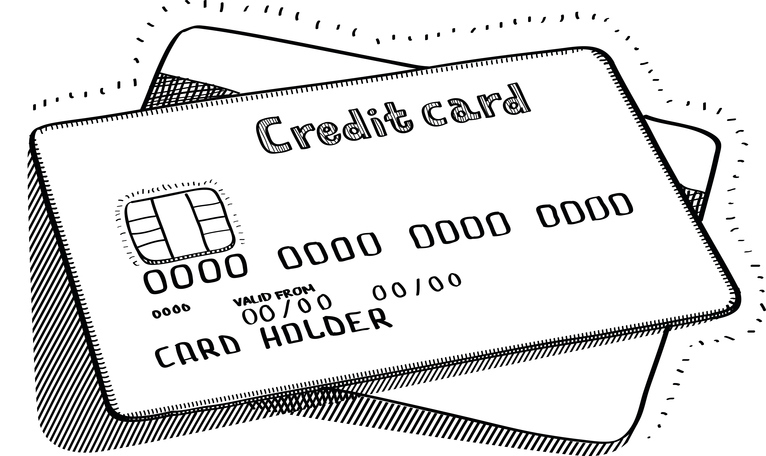Annual fee: Some cards charge an annual fee - anywhere between $15 and $50 - while others may not. Many card issuers will waive the annual fee in the first year, then charge you a fee in a year or two. Banks will sometimes waive annual fees if you've charged a certain amount during the year, or if you just ask.
APR/interest rate: The APR or interest rate is the percentage of interest you're charged on the balance you carry on the card and cash advances (usually two different rates). It can either be fixed or variable (also called floating). A fixed rate APR is usually higher, but you'll know what to expect for the year. A variable rate is typically lower, based on an interest rate that swings up and down.
Introductory rate: Some cards offer a super-low introductory rate that will later switch to a higher fixed or variable rate. Make sure you know how long the introductory rate lasts - usually three to nine months - and what the new rate will be. The introductory rate is often terminated if you send a late payment.
Finance charge: This is the actual dollar amount you'll pay when you carry a balance. It includes interest costs and any other transaction fees. It's helpful to know how this number is calculated. The average daily balance method is the most common. It adds the amount of debt on your account for each day during the billing period and averages it.
Grace period: Most credit cards offer a 25-day time period for you to pay off your total balance without paying a finance charge. The grace period runs from the date printed on the bill, not the date you receive it or the date you make a purchase.
Other fees: These include fees for paying late ($20 to $25), charging over your limit ($20 to $25) and getting a cash advance (around $2 or 2 percent of the cash). Make sure you read the cardholder agreement, which discloses these charges.
Other Rewards and Benefits
In competition for your business, many cards now offer added benefits, like rebates or discounts. Other cards earn you frequent flyer airline miles for each dollar charged. With these cards, find out how many dollars equal a free ticket. Also, make sure the airline flies to places you'd go.
Special interest cards give you discounts or points toward purchases on particular items, such as golf or ski equipment. Many cards offer extended warranties on purchases.
Discounts vs. Rebates
Discounts and rebates are both appealing, but discounts may be better in the end. Rebate cards refund you a percentage of your purchases, either by check or credit to your account. Discount cards reduce the price of certain purchases. The bonus with a discount card is that you keep your money now, rather than get it back later. Also, rebates sometimes kick in only after you've charged a certain amount during the year.
Payback Time
If you plan to pay your credit card bill in full each month, you should look for a card with no annual fee and a generous grace period. If you think you'll carry a balance, then the important thing is a card with a low interest rate. Before you go ahead and carry a balance, investigate whether the purchases you have planned (like books or a computer) could be made with funds from a student loan.
Online Applications Dos and Don'ts
Many cards now offer online applications. It seems convenient, but there are some things you should do to avoid being conned. Never apply if there is no specific bank mentioned. It may be a ploy to gather your personal information for other purposes. If a bank is named, check for an address and phone number. If none is listed, move on. Also, never send personal data through an unsecured Web site. And always look for hidden costs, such as exorbitant setup fees, monthly service charges and unreasonably high interest rates.
As a young, educated consumer, credit card companies will start hounding you if they haven't yet. Be a smart consumer and shop before you buy.
